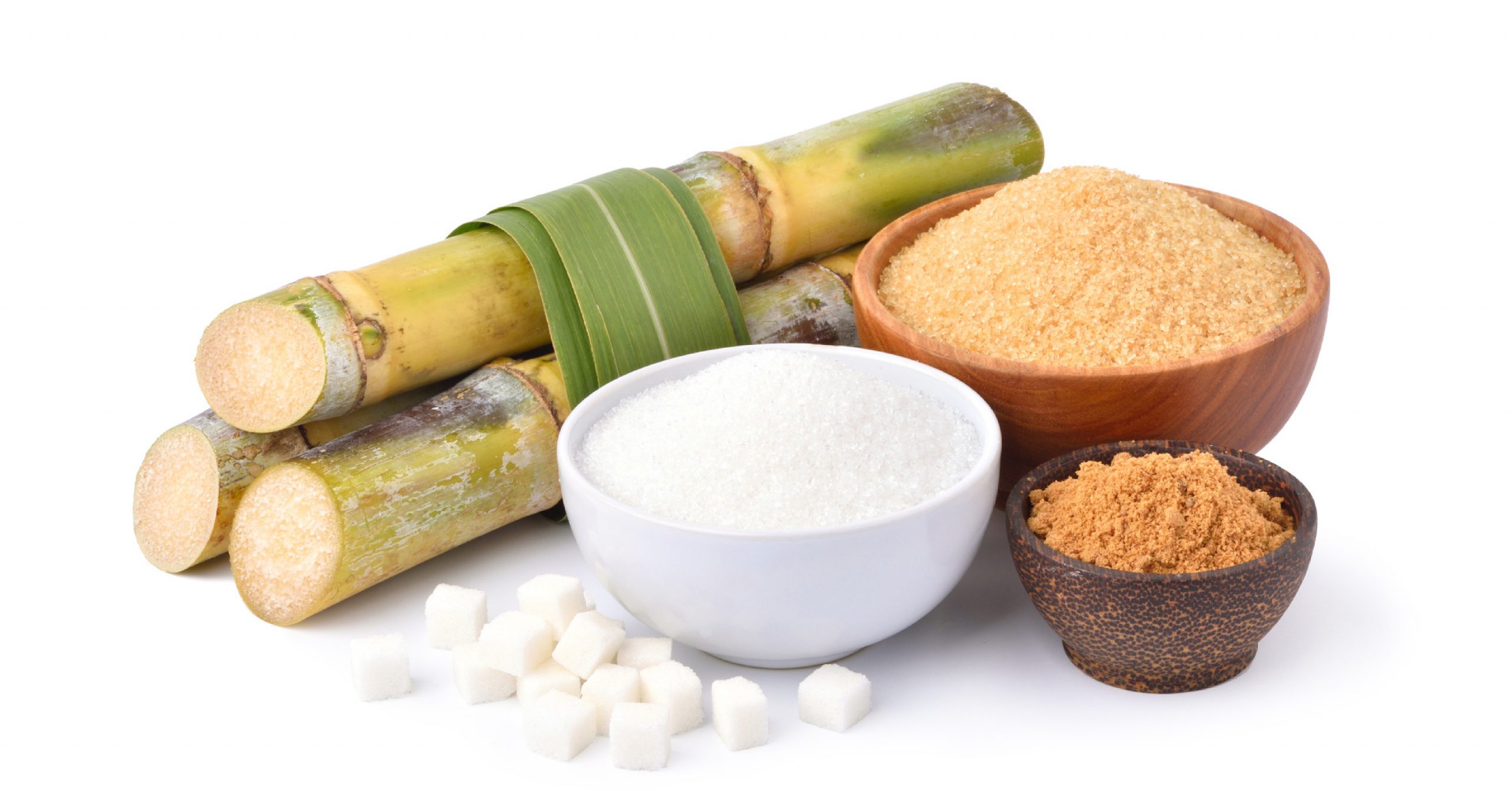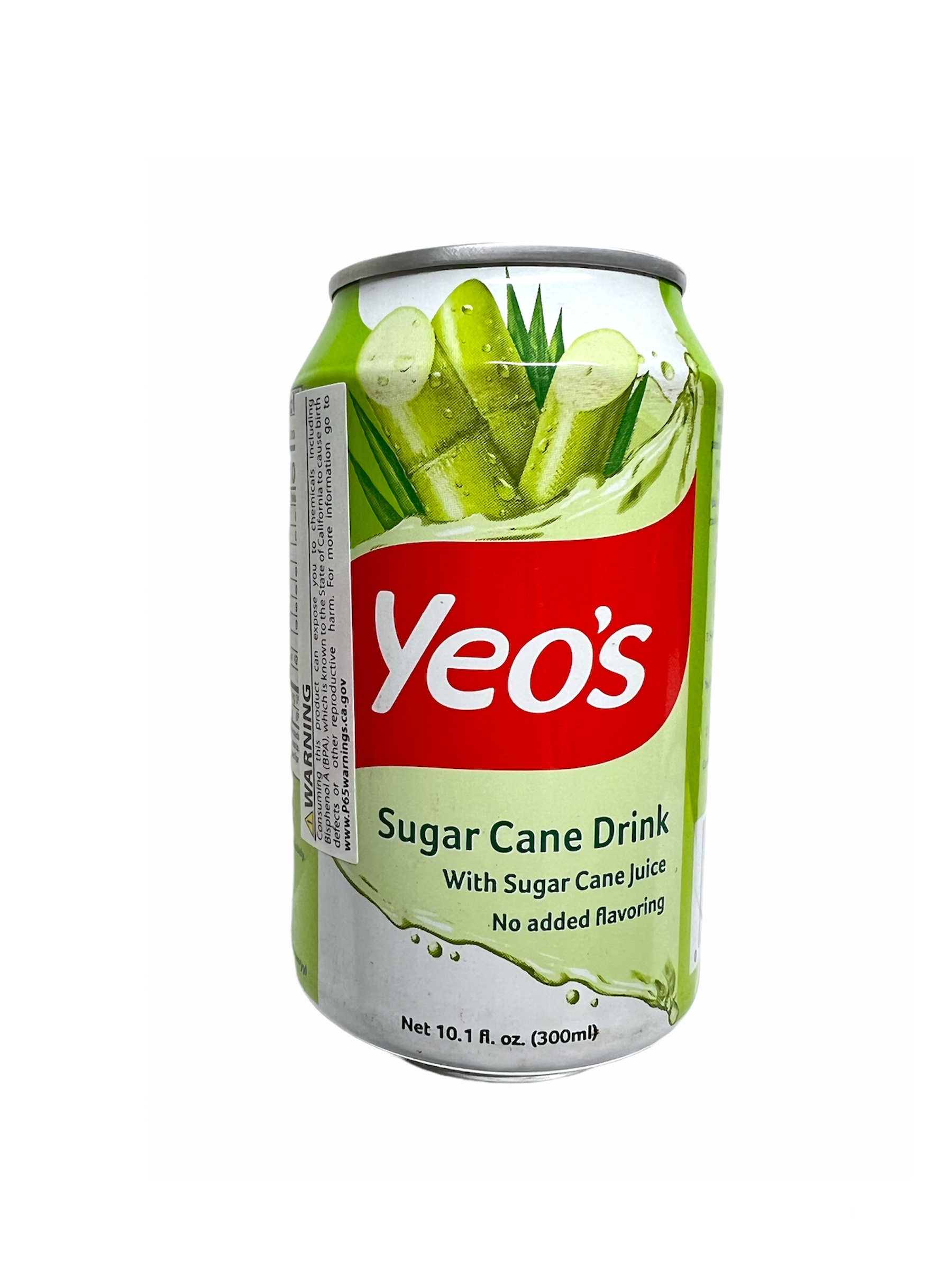What Is Sugar Cane Used For in Biofuel? A Green Energy Perspective
Wiki Article
Understanding the Diverse Duties of Sugar Cane in Farming and Production
Sugar Cane plays an important role in both farming and production. As a major cash money plant, it influences economic climates in tropical areas. Its flexibility extends beyond sugar production to biofuels and eco-friendly materials. In addition, sugar Cane farming advertises soil wellness and biodiversity. Nevertheless, the complete scope of its contributions and potential in lasting methods remains to be checked out. What ingenious procedures could improve its role in future farming systems?The Agricultural Relevance of Sugar Walking Cane
Sugar Cane plays a vital role in agriculture, contributing considerably to the economic situations of several tropical and subtropical regions. This turf species grows in warm environments, calling for enough sunlight and water, making it a suitable plant for these areas. Sugar Cane is largely cultivated for its high sucrose web content, which works as an important basic material for sugar manufacturing. Additionally, it plays a substantial role in soil conservation by preventing erosion and enhancing dirt fertility with its development cycles. Sugar cane's comprehensive origin system help in water retention, profiting bordering crops. In addition, the plant supports regional environments by giving habitat and food for different wildlife types. Farmers commonly integrate sugar Cane right into crop rotation systems, enhancing biodiversity and agricultural durability. The growing of sugar Cane not just fulfills regional food demands however also fosters sustainable farming practices, promoting long-term ecological health and wellness in farming neighborhoods.Economic Contributions of Sugar Cane Growing
Although sugar Cane is often overlooked, its economic contributions are considerable, especially in creating nations where it acts as an essential cash crop. The farming of sugar Cane creates substantial income for millions of farmers, providing livelihoods and promoting rural development. As a versatile crop, it sustains numerous sectors, including sugar manufacturing, biofuels, and drugs, subsequently stimulating regional economic situations.Sugar Cane growing promotes work production in farming sectors, refining centers, and transport networks. It likewise adds to forex incomes with exports, improving nationwide economic security. In regions such as Brazil and India, sugar Cane plays a pivotal duty in farming exports, reinforcing profession equilibriums.
Additionally, the crop's by-products, like bagasse and molasses, use further economic possibilities, used in power generation and pet feed. Hence, the financial impact of sugar Cane expands beyond mere growing, influencing wider farming and commercial landscapes.
The Refine of Sugar Manufacturing From Walking Cane

The trip from sugar Cane to refined sugar includes several crucial phases that highlight the intricacy of sugar manufacturing. Initially, mature sugar Cane stalks are collected and carried to processing facilities. The Cane is after that squashed to remove juice, which has a high concentration of sucrose. This juice undergoes explanation, where impurities are eliminated, frequently using lime and warm
Next off, the made clear juice is evaporated to focus the sugar content. The resulting syrup is after that based on condensation, permitting sugar crystals to create. These crystals are divided from the staying syrup via centrifugation and washed to get rid of any kind of recurring molasses.
The last stage entails refining, where sugar crystals are more cleansed and blonde, causing the white granulated sugar generally used in food. This meticulous process emphasizes the elaborate journey from raw Cane to the sugar that plays an important role in various culinary applications.
Sugar Cane as a Resource of Biofuels
As interest in eco-friendly power resources grows, sugar Cane has actually arised as a substantial candidate for biofuel production. The plant's high sugar web content enables effective fermentation processes, converting sugars right into ethanol. This biofuel functions as an eco-friendly choice to fossil gas, minimizing greenhouse gas discharges and promoting power sustainability.Nations like Brazil have actually lengthy utilized sugar Cane for ethanol, establishing comprehensive production framework that sustains both residential energy requirements and global export. The cultivation of sugar Cane for biofuel has actually additionally produced financial chances, particularly in rural locations, where it produces work and sustains neighborhood farming.
Sugar Cane biofuels can be integrated right into existing gas systems, making them a sensible solution for shifting away from standard power sources. As technological innovations continue to improve production efficiency, sugar walking cane's role in biofuel growth is positioned to increase, further adding to international initiatives toward renewable resource fostering.
Ingenious Uses Sugar Cane in Biodegradable Plastics
An expanding number of researchers and producers are exploring cutting-edge uses of sugar Cane click to investigate in the production of naturally degradable plastics. Sugar walking stick, abundant in sucrose, can be refined to establish polylactic acid (PLA), a biopolymer that functions as an option to petroleum-based plastics. This bioplastic can be used in numerous applications, consisting of packaging, non reusable cutlery, and farming movies.Using sugar cane-derived PLA offers several advantages, such as lowered dependancy on fossil fuels and the possibility for reduced carbon emissions during production. Additionally, sugar cane's sustainable nature makes it an attractive choice in the quest for sustainable materials. Current advancements in processing strategies have actually boosted the efficiency and cost-effectiveness of creating these bioplastics, promoting better adoption in the industry. As the need for green services expands, sugar Cane sticks out as a beneficial source in the change towards greener manufacturing practices.
Environmental Benefits of Sugar Cane Farming

Additionally, sugar Cane requires less water contrasted to various other crops, making it suitable for growing in deserts. Effective use plant deposits, such as bagasse, can lessen waste and give eco-friendly power sources. Sugar Cane farming can assist navigate here in the facility of agroforestry systems, developing a collaborating relationship between crops and trees. These techniques not only shield the environment however likewise promote sustainable agricultural practices, inevitably benefiting neighborhood areas and ecological communities.
The Future of Sugar Cane in Lasting Practices

In addition, the capacity for sugar Cane to add to renewable resource sources is gaining traction. Biofuels stemmed from sugar Cane can notably decrease carbon exhausts compared to nonrenewable fuel sources, lining up with global climate goals. Furthermore, innovations in waste monitoring permit the usage of byproducts, further minimizing ecological effect.
Study into drought-resistant sugar Cane varieties is additionally underway, providing resilience against climate adjustment. As stakeholders across the market embrace these lasting practices, sugar Cane is positioned to play a necessary function in fostering farming sustainability, ensuring its significance in future markets and contributing positively to environmental equilibrium.

Often Asked Concerns
Exactly How Does Sugar Cane Affect Dirt Health and Fertility?
The influence of sugar Cane on dirt health and wellness and fertility is considerable. Its substantial root system enhances soil framework, while raw material from decaying leaves adds essential nutrients, promoting general fertility and sustaining diverse microbial life.What Are the Labor Conditions for Sugar Cane Employees?
Labor conditions for sugar Cane workers differ extensively, usually identified by lengthy hours, low wages, and unsafe settings. Numerous face difficulties such as absence of access to healthcare and insufficient safety steps against unsafe conditions.Can Sugar Cane Be Grown in Non-Tropical Environments?
Sugar Cane normally flourishes in tropical environments due to its heat and moisture needs. Nevertheless, certain non-tropical areas might effectively grow it through certain farming techniques, though returns and quality may be significantly minimized.What Vermin Generally Intimidate Sugar Cane Crops?
Parasites harmful sugar Cane crops include the sugarcane borer, aphids, and nematodes. These organisms can significantly affect crop return, demanding reliable bug monitoring approaches to guarantee healthy and balanced growth and make the most of farming productivity.Exactly How Does Sugar Cane Cultivation Effect Resident Communities?
The growing of sugar Cane significantly influences regional communities by offering job opportunity, promoting economic development, and influencing social frameworks. Additionally, it can result in environmental obstacles, impacting farming techniques and community health and wellness in the region.Sugar Cane is mainly cultivated for its high sucrose content, which offers as an important raw product official website for sugar production. Farmers typically integrate sugar Cane into plant rotation systems, improving biodiversity and farming strength. The trip from sugar Cane to refined sugar entails a number of key stages that highlight the complexity of sugar manufacturing. The last stage involves refining, where sugar crystals are more detoxified and bleached, resulting in the white granulated sugar commonly used in food products. The plant's high sugar material enables reliable fermentation procedures, transforming sugars into ethanol.
Report this wiki page